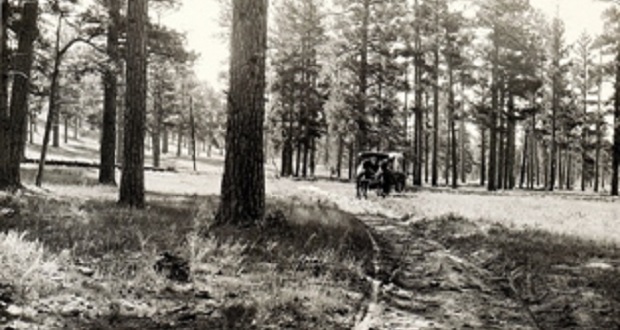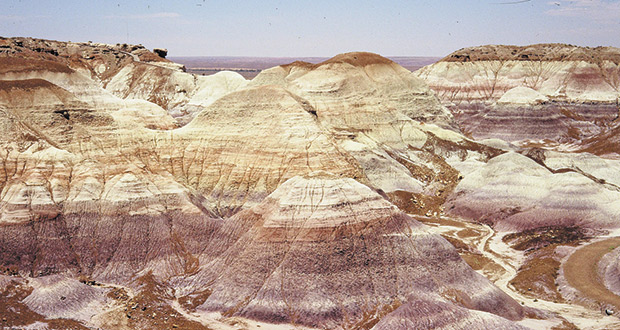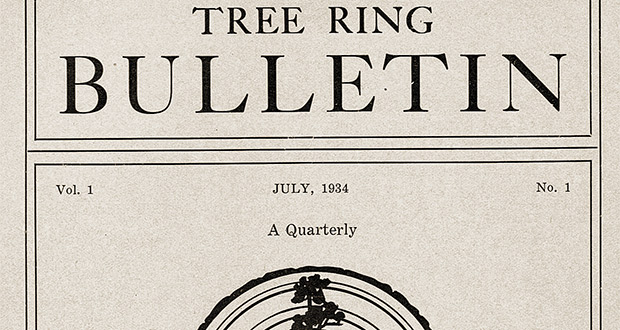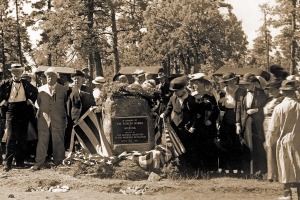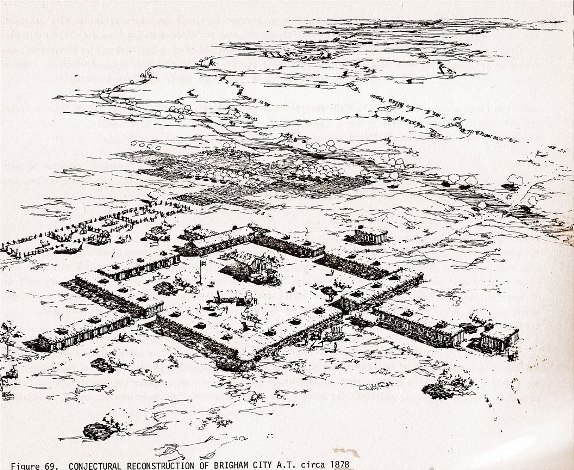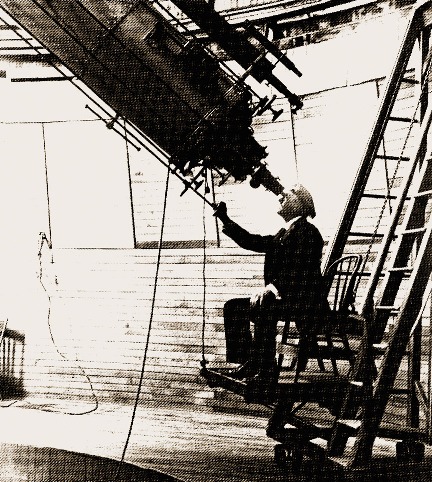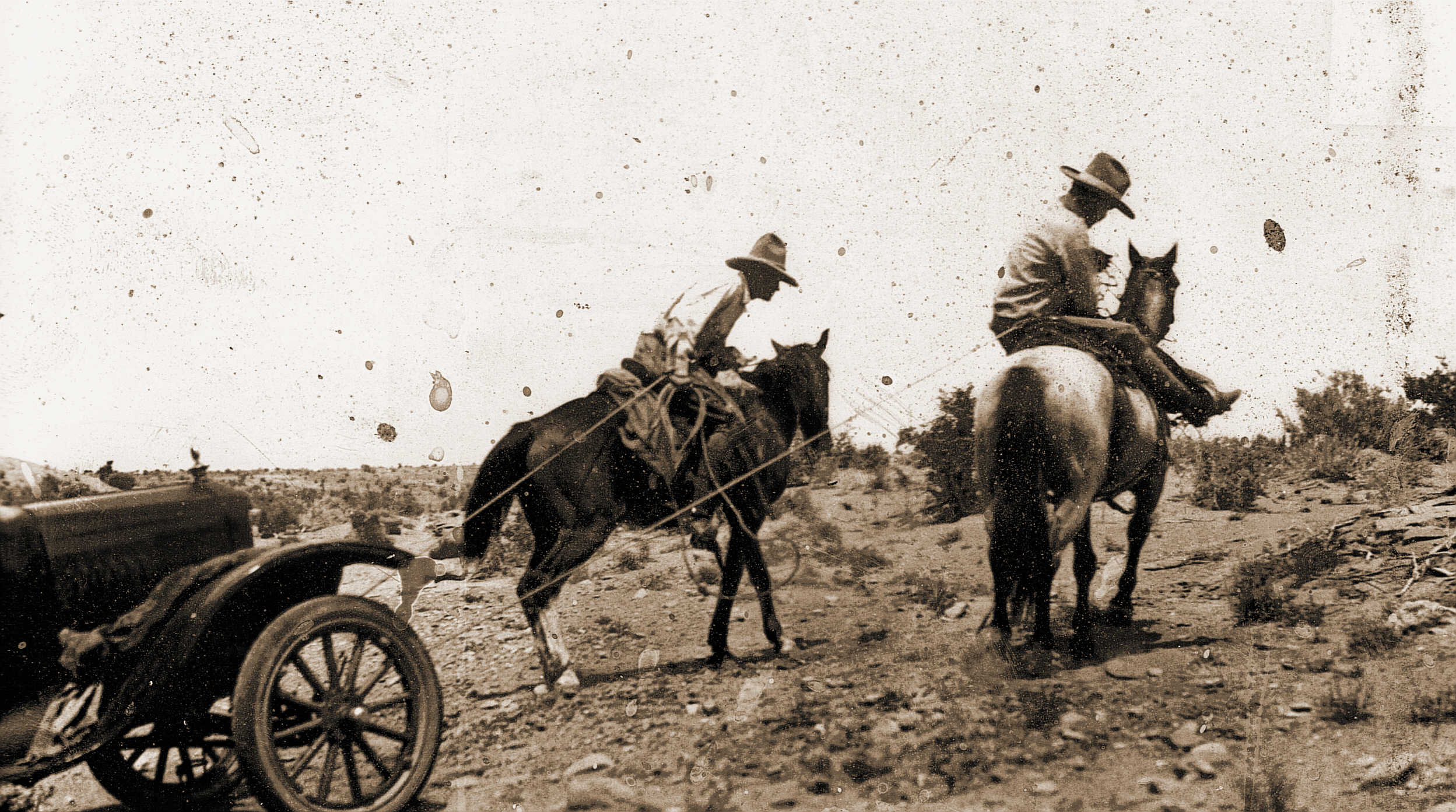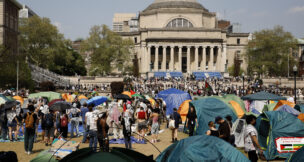Recent Articles from Susan Olberding
Promoting Tourist Travel in 1884 Northern Arizona
The following article appeared in the Weekly Champion, a Flagstaff newspaper, on March 22, 1884. Today’s reader may enjoy the flowery writing style of the time; may be curious as to why the route would travel so far to the west unless it was to reach the waters of the Colorado River instead of viewing the Canyon from the rim?
Modern Flagstaff
Baby-boomers finishing their education and starting families sought the small-town feel of Flagstaff in the 1970s and 1980s. Well-paying jobs were scarce; so many PhD’s served drinks and waited on tables until they could find suitable employment. One of the best places to find a career was with the W.L. Gore Company that opened its Flagstaff plant in 1967.
Flagstaff grows up: 1920s – 1970s
The some 2,000 Flagstaff residents in the 1920s were filled with optimism and vigor toward the future of their burgeoning town.
Planting the Flag in Flagstaff
Flagstaff’s abundant natural resources of water, grass, and timber drew the initial settlers in the 1870s. At the time, there were no fences or rules about grazing livestock and more and more livestock operators moved their herds in. Loggers also arrived to harvest the majestic ponderosa pine forest.
Need a Rest? Lolomai Lodge, 1909
A 1909 ad in Flagstaff’s Coconino Sun newspaper enticed readers to take a break at the lovely Lolomai Lodge in Oak Creek Canyon. The lodge was one of several in the canyon, all catering to those seeking a respite from hectic days.
‘I shall never come back to Arizona’ – Zane Grey
Western novelist Zane Grey (1872-1939) wrote this dramatic sentence to his wife, Dolly, in a bitter letter penned from his Tonto Basin cabin. He complained about other things, as well, and the above statement was followed with : “…the country has been ruined by motorists. The Navajo are doomed. The beauty and romance of their lives dead.” Dolly and Zane had honeymooned at El Tovar Hotel at[...]
Flagstaff’s Tree-Ring Study Pioneers
Within the small scientific circle in Flagstaff in the 1920s were three men who combined their expertise to develop the science known today as dendrochronology, or tree-ring dating: astronomer Dr. Andrew E. Douglass (1867-1962); forester Gustaf A. Pearson (1880 -1949) and zoologist Dr. Harold S. Colton (1889-1970). Each man would become well-known and respected for this project and other scientif[...]
Flagstaff Celebrates Pioneer Women and Good Roads
On July 14, 1915, the Arizona Society of the Daughters of the American Revolution (ASDAR) dedicated a plaque at Walnut Canyon near Flagstaff honoring pioneer women. The event was held in conjunction with the National Old Trails Road Association meetings in Flagstaff.
Early LDS settlements in Arizona Territory
Hearty members of the Church of Jesus Christ of Latter day Saints (LDS) were summoned to leave their Utah homes and settle in Arizona Territory beginning in the 1860s as LDS President Brigham Young was concerned with westward-bound wagon trains filled with non-LDS settlers wanting to move into the wide open west.
Ousting Lowell: Misdeeds of miscreant Flagstaff officials
Flagstaff’s first two decades were managed by a sound City Council determined to guide the growing town into a solid, respectable community. However, in 1906, several miscreants, led by farmer/rancher Ben Doney, got themselves elected to the City Council.
First automobile trip to the Grand Canyon
First automobile trip to the Grand Canyon People eager to see the Grand Canyon’s South Rim in 1901 traveled however they could — by foot, wagon, horse, a rollicking stage ride and railroad. Just four months after the train arrived at the South Rim, the first automobile departed Flagstaff on Saturday afternoon Jan. 4, 1902, with many townspeople present to watch, cheer and jeer.
Highway 180: A Timeless Trail
The mostly two-lane U.S. Highway 180 travels through historic, scenic and scientific regions in northern Arizona. The highway winds through Texas and New Mexico before reaching the eastern border of Arizona where it generally follows ancient paths and wagon roads that connected small communities and water sources.

